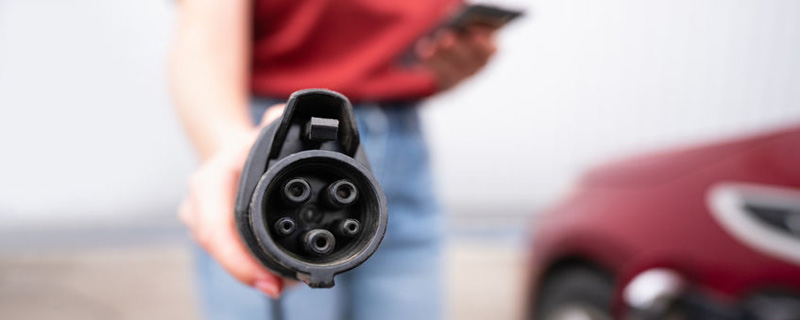Has the EV charging industry got it wrong?
Statistics reveal rise in public charge points alone make no difference to EV adoption by motorists without driveways. Has the EV charging industry got it wrong?
‘Motorists who can’t charge at home are over five times less likely to switch to electric cars and the huge improvement in public charging over the years hasn’t changed that. There is a fundamental problem in how we view EV charging and we must address it,’ says Joel Teague, CEO of electric vehicle charger sharing app Co Charger.
The EV landscape has changed dramatically over the past four years. Back in 2019 there were 97,565 EVs on the road. By May 2023 there were 784,968 (SMMT May 2023). The number of public chargers has also changed. In 2019 there were 16,971, by May 2023 that had increased to 43,626 (Zapmap).
But one statistic has remained constant throughout: 84% of EV owners charged at home in 2019 and that is still the case in 2023 (Zapmap survey). Despite the sales of EVs increasing and public chargers becoming more widespread and reliable, almost exactly the same proportion of EV sales are to motorists who can charge at home, while motorists who cannot remain five times more likely to keep buying fossil fuel vehicles.
It is estimated that around half of UK motorists can’t access home charging because they live in flats, terraced houses or rental accommodation. The fact that these people have remained a small minority of EV buyers despite the huge improvements in public charging indicates that they do not see public charging as a viable alternative to charging at home. Given the huge advantages offered by home charging in terms of convenience, cost and dependability, this seems understandable.
‘There’s been an assumption by government and the EV industry of ‘build it and they will come’, says Joel Teague. ‘For years we’ve seen, built into research, presentations, plans and projects, the premise that if you build enough public charge points, people without driveways will buy EVs. But the focus on public charging infrastructure is actually alienating people without driveways. They’re being repeatedly told that the increase in public chargers means they should switch. However most don’t want to spend their time finding an available, working public charger and then staying close to it for an hour or two while the vehicle is charging to avoid an overstay fine. Nor can they balance the extra price of the car if they have to pay public charging costs, which are far higher.’
‘If we are to succeed in decarbonising road transport we must accept that data and re-think the whole picture, because it’s clear that right now we’re only serving half the people with what we’ve been doing. We need to highlight the huge range of solutions for non-driveway owners and reassure those people that an EV can be viable for them. Motorists need to feel confident that they can have some form of convenient, affordable and dependable ‘base’ charging before they make the transition to electric. Only then – when they actually have the EV – will public charging become relevant to them for their longer journeys.’
There are a number of ‘alternative base charging’ solutions available for motorists without driveways, including:
1. Workplace charging
2. Home-connected on-street charging – devices like gulleys, gantries or even buried cables with plug-in adapters are used to deliver power from private supplies to roadside parking locations
3. Mobile EV charging service – mobile services that charge cars when they are parked
4. Kerbside and lamp-post chargers – public chargers specifically designed and located for use by nearby residents
5. Charging hubs – purpose-built, off-street chargers set aside for residents near their homes
6. Community Charging – where owners of private chargers make them available for nearby residents as their “home” charger on a bookable, paid basis, using a dedicated app. Co Charger is the only dedicated Community Charging platform in the UK.
Joel Teague is forming a working group of companies that are working to help motorists without driveways go electric.
‘The most urgent task is to recognise and understand this problem from the motorist’s point of view. Then we have to get it woven into every conversation, report, plan and project so that we are genuinely giving every motorist what they need to make the switch away from fossil fuels. It’s a good move for everyone, not least public charging companies. Giving more people what they need to buy EVs means more customers for public charging when those people are away from home.’
‘While this may take a major pivot in how we think about, plan and deliver the EV transition, it’s good news for everyone if we acknowledge the size and shape of the problem and use our new understanding to accelerate that transition. I’m looking forward to working with colleagues throughout the industry and government to do just that.’
Since an article on the subject of ‘The EV Charging Blind Spot’ was published on LinkedIn earlier this month, many major names in the EV and sustainability industry have come forward offering support for this change in approach and momentum is building to better serve the sector.









Leave a Reply
Want to join the discussion?Feel free to contribute!